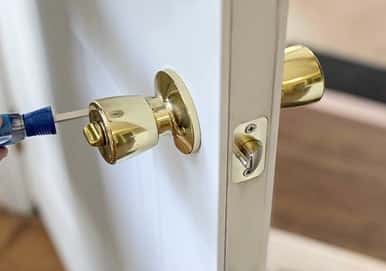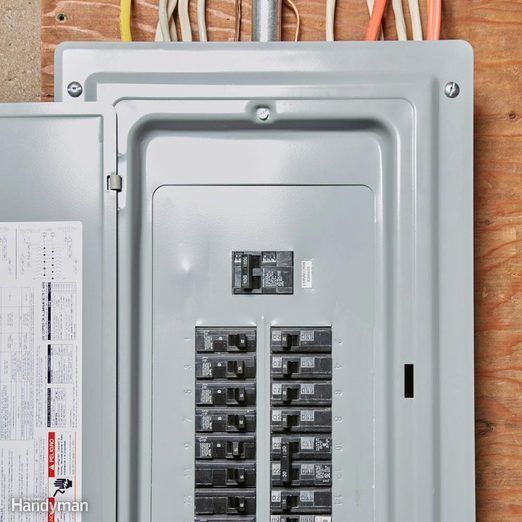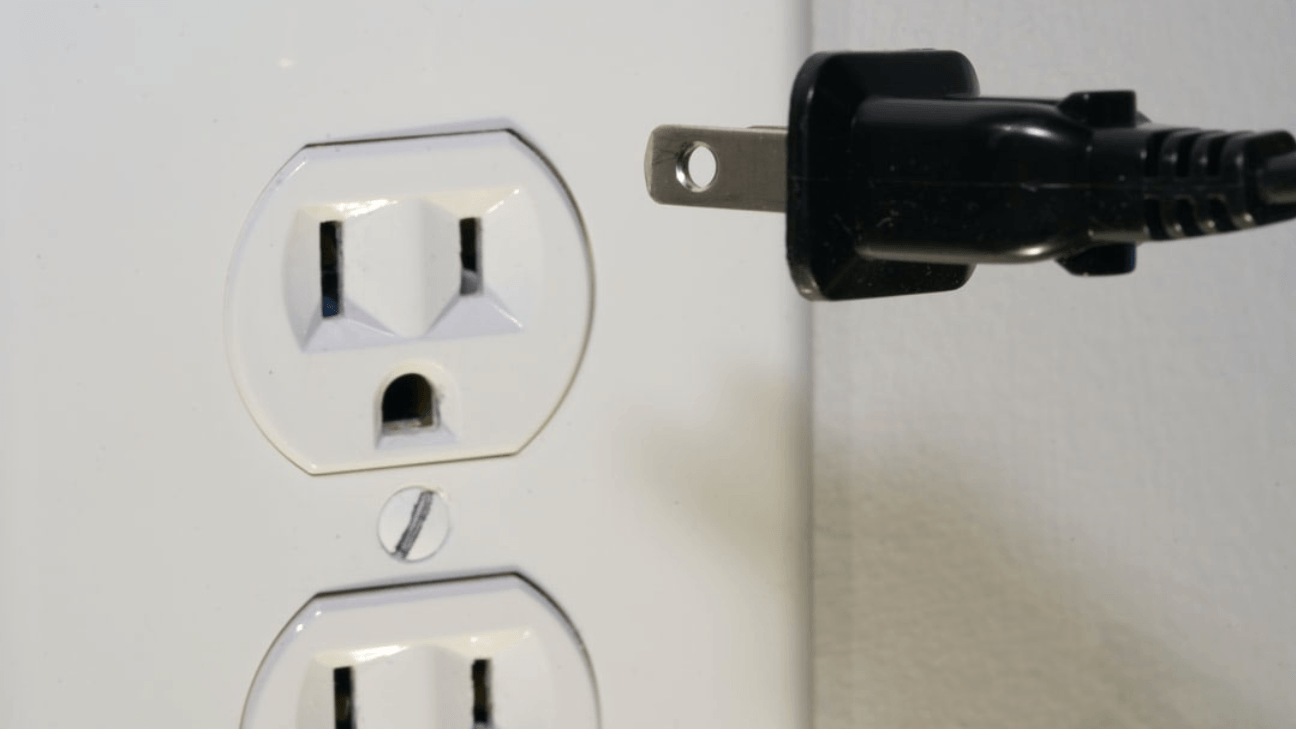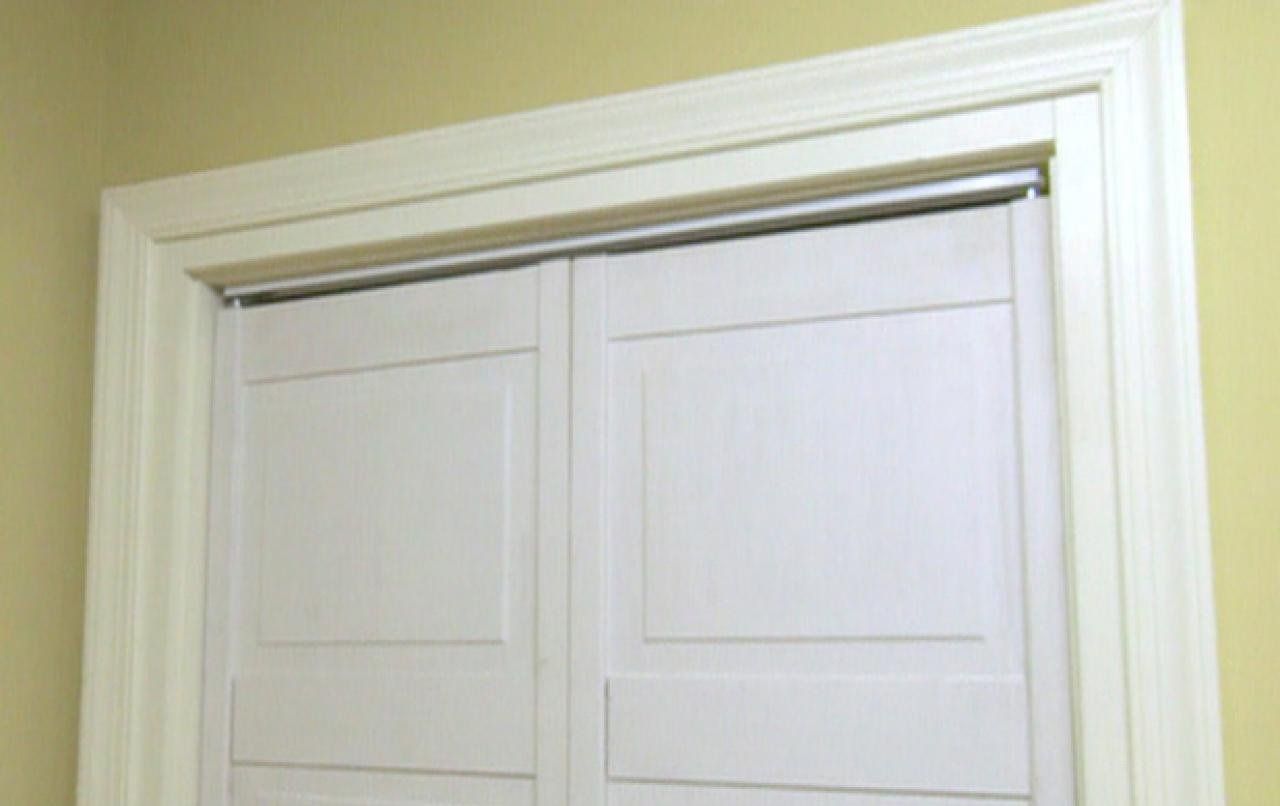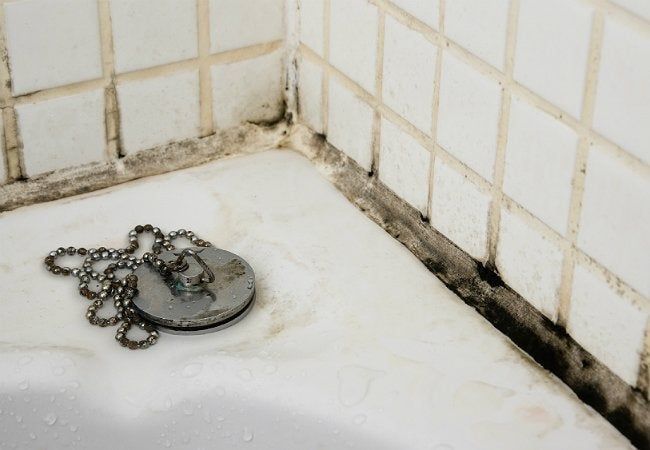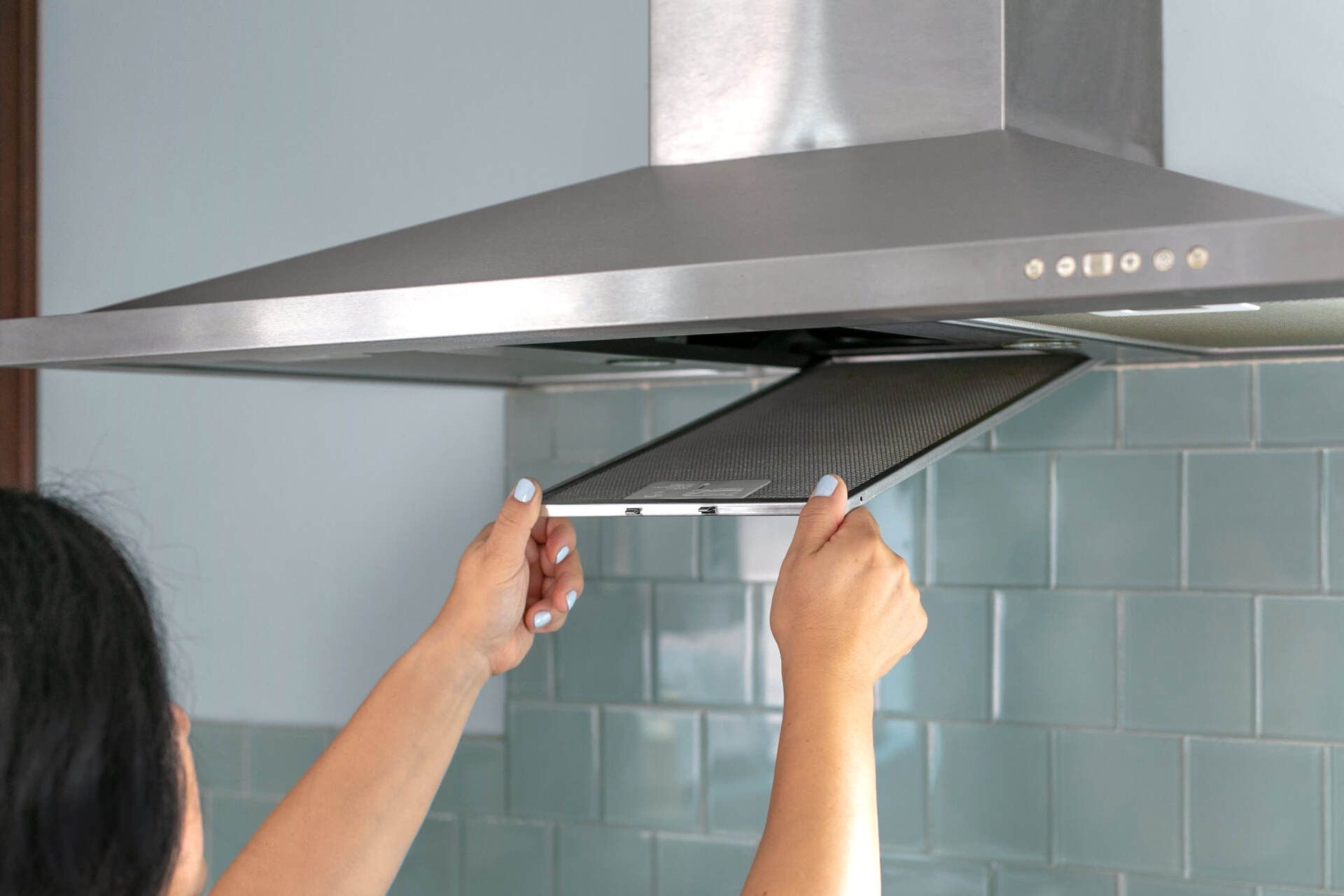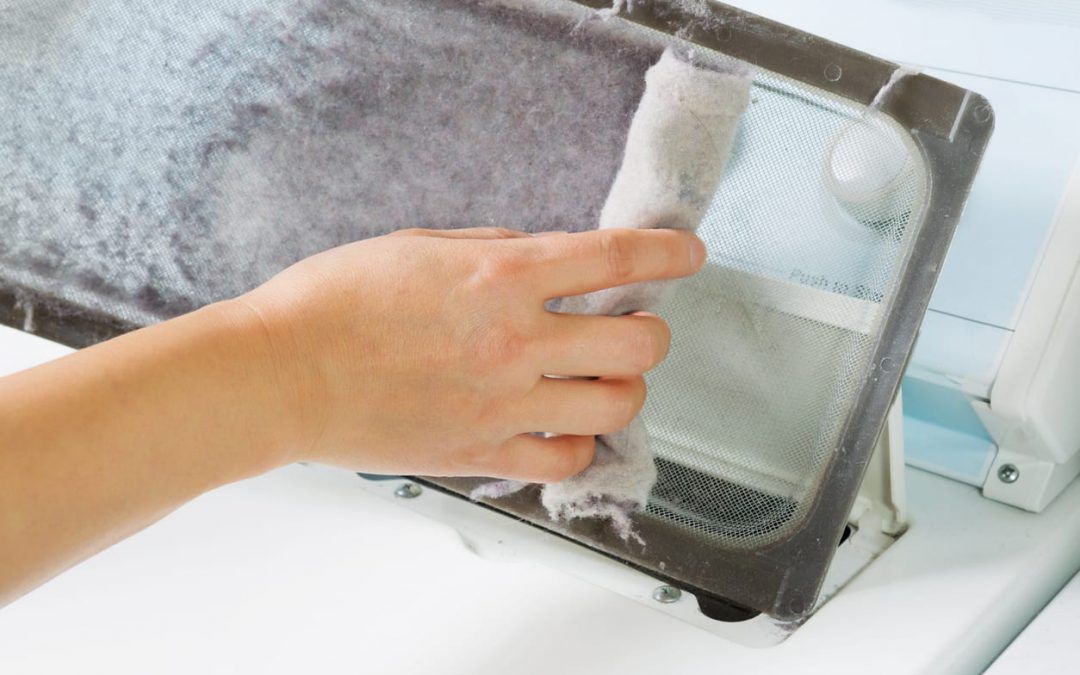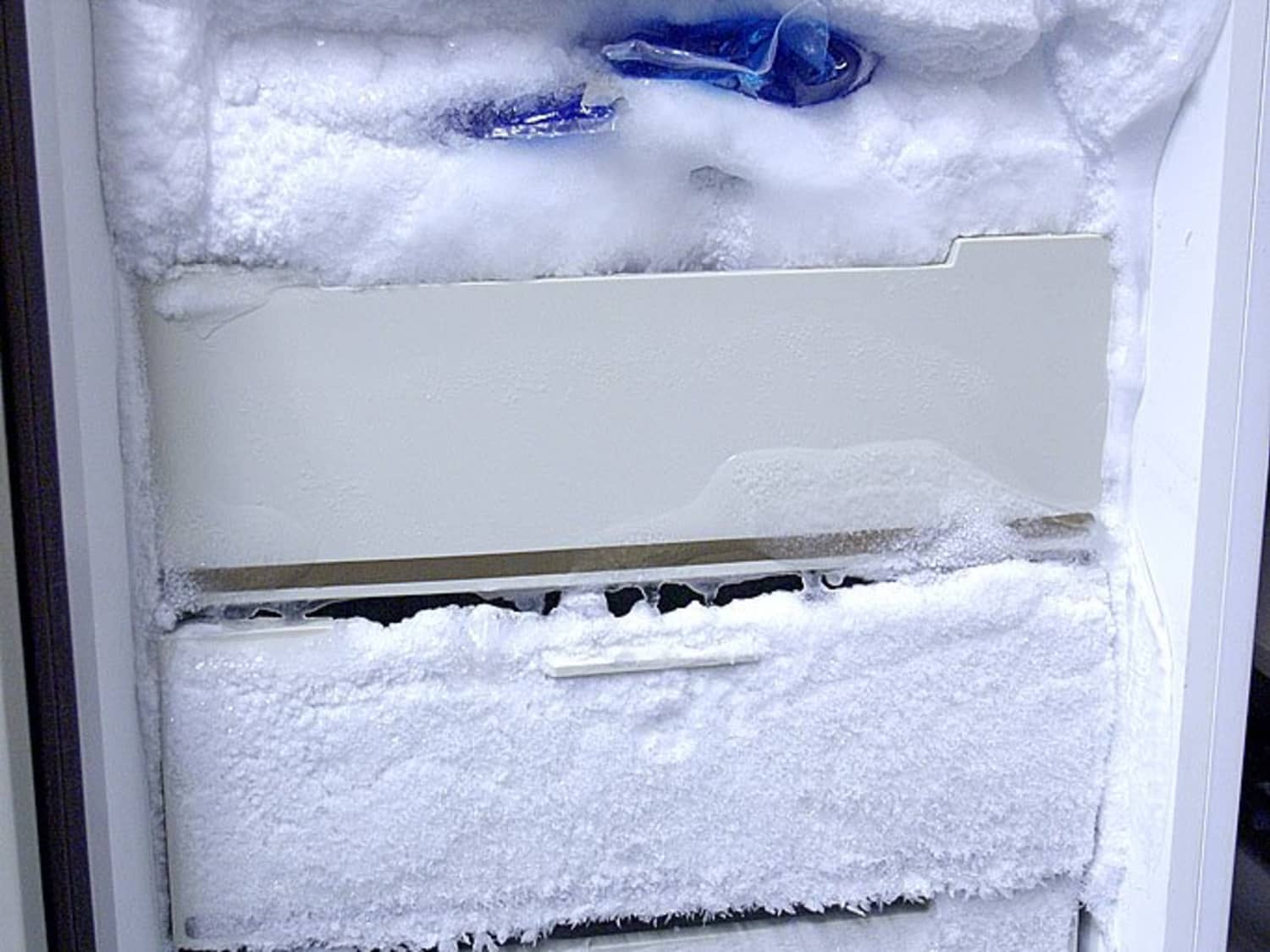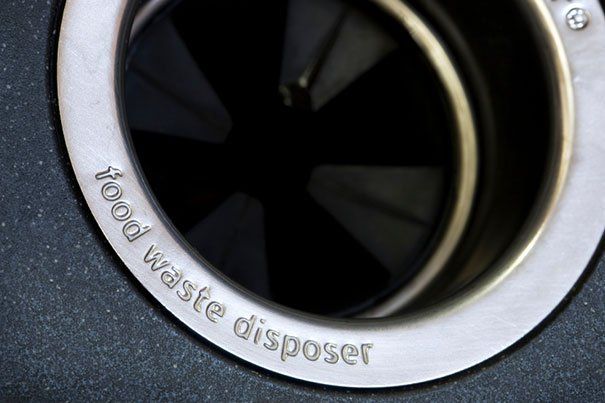New mold notifications and how to prevent it from forming

Beginning January 1, 2022, all prospective tenants must be provided a Mold Booklet published by the California Department of Public Health (CDPH). This booklet, in both English and Spanish versions, educates residents on the health risks that are associated with exposure to dampness or mold in buildings.
No need to wait until the New Year: Download "Information on Dampness and Mold for Renters in California" (PDF)
This requirement is in accordance with the 2001 Toxic Mold Protection Act. The name of the law shouldn’t incite panic. Mold can be found everywhere - even in the air - and most mold isn’t dangerous. The CDC says that “toxic mold,” in fact, is rare. We do, however, have to keep a watchful eye on any signs of mold and address it.
Where does mold grow?
All rental units have the necessary ingredients for mold to form: the presence of mold spores, a surface for it to grow on, oxygen, warmth and darkness. When you add moisture to the mix through a water leak, stagnant water, or perhaps high levels of humidity, it is the perfect breeding ground for mold to form.
Think of places that contain a lot of moisture like leaks in roofs, pipes, windows, or anywhere there has been flooding. Paper products, cardboard, ceiling tiles, and wood products are also ideal places for mold, but it doesn’t discriminate. Mold can also thrive in insulation, drywall, wallpaper, carpet, fabric and upholstery.
Control the dampness, control the mold
Since dampness is necessary for mold to form, we need to be proactive in addressing the underlying cause. For example, a leaky pipe. The maintenance personnel at Bay Property Group prioritizes leaks. Under the right conditions, mold can begin to grow and spread as soon as 24-48 hours, so we want to respond as quickly as possible.
An ounce of prevention is worth a pound of cure
Residents can do their part in preventing mold formation, and an easy starting point is in the bathroom.
While you may love a long, hot shower, so does mold. If there is a vent van, it will improve air quality by drawing out moisture and odors from the bathroom so it is prudent to turn it on and after a shower. If there is not a vent fan, residents can open a window. Shower doors or curtains should also be opened after the rub-a-dub so that there is proper ventilation. Wiping off excessive moisture is also helpful in reducing the consequences of condensation.
In order to prevent the organic growth that can result from shower steam, residents can use a bleach and water mixture to clean the walls and ceiling in bathrooms.
Thinking beyond your weekly wipe down: how to clean every nook and cranny in your shower
Cooking and laundry areas should also be ventilated.
Water is the flow of life and it's been said that "nothing is softer or more flexible than water, yet nothing can resist it." We have to do our best to prove that quote wrong. w
Share this post

